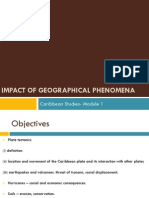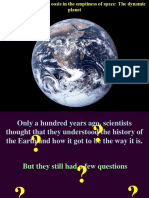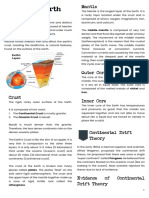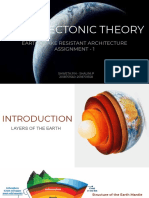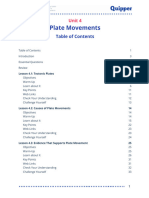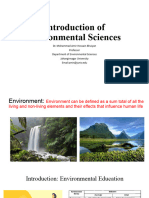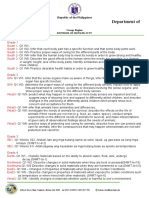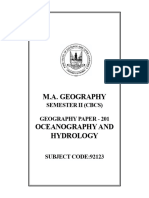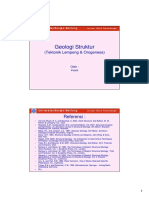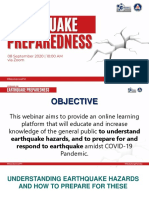0% found this document useful (0 votes)
34 views25 pagesLecture - 3
The document provides an overview of Earth's dynamic systems, focusing on tectonic plates, rock deformation, and earthquakes. It discusses the types of rock deformation, the causes and effects of earthquakes, and the structure of Earth's layers. Additionally, it highlights the impact of human activities on Earth's dynamics and the importance of understanding these processes for disaster preparedness and resource management.
Uploaded by
Raiyan Zaman AdreyCopyright
© © All Rights Reserved
We take content rights seriously. If you suspect this is your content, claim it here.
Available Formats
Download as PDF, TXT or read online on Scribd
0% found this document useful (0 votes)
34 views25 pagesLecture - 3
The document provides an overview of Earth's dynamic systems, focusing on tectonic plates, rock deformation, and earthquakes. It discusses the types of rock deformation, the causes and effects of earthquakes, and the structure of Earth's layers. Additionally, it highlights the impact of human activities on Earth's dynamics and the importance of understanding these processes for disaster preparedness and resource management.
Uploaded by
Raiyan Zaman AdreyCopyright
© © All Rights Reserved
We take content rights seriously. If you suspect this is your content, claim it here.
Available Formats
Download as PDF, TXT or read online on Scribd
/ 25







